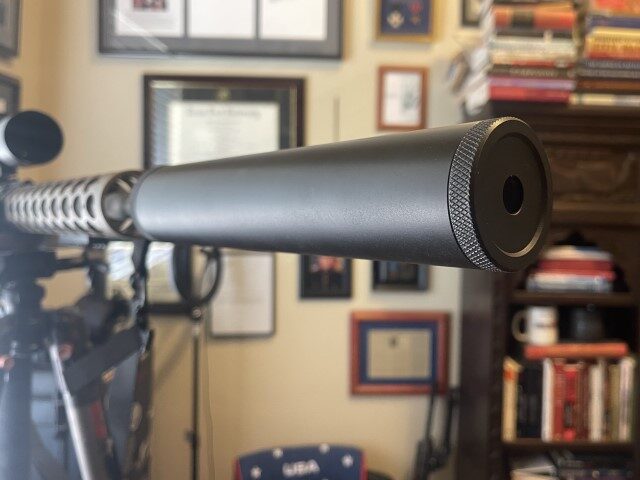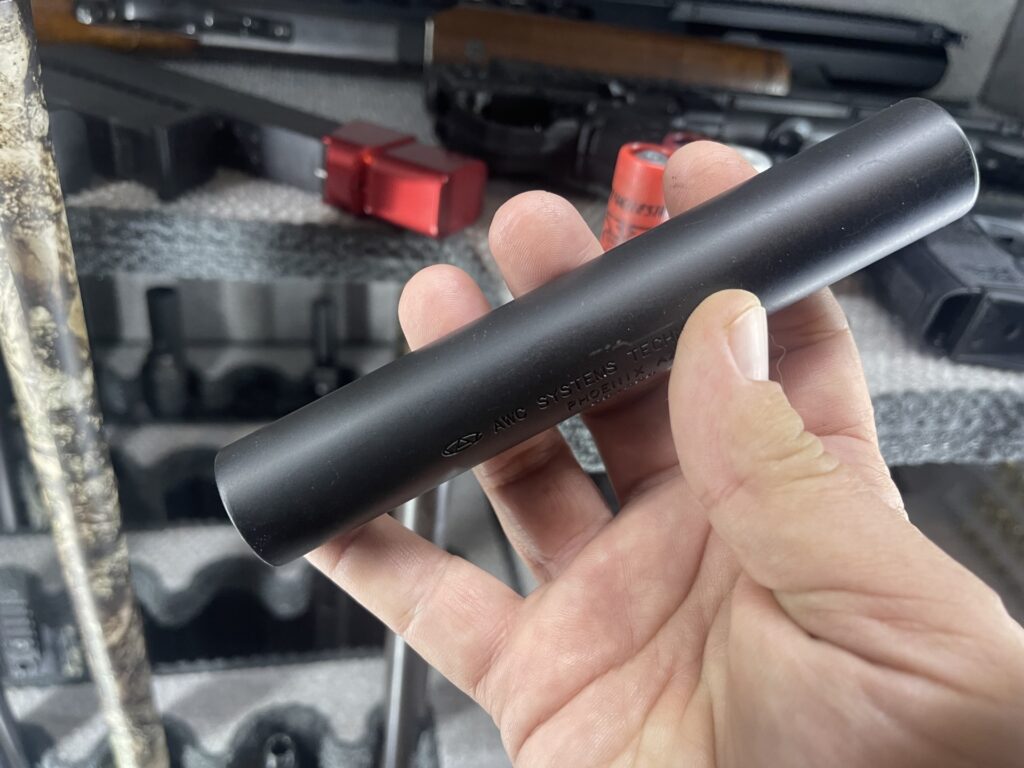Firearm suppressors are legal in over 40 states in the Union, and many gun owners ask about choosing the right suppressor or seek details on how to acquire one.
As for choosing a suppressor, there are number of variables, from suppressor weight to desired amount of suppression to caliber(s) one is seeking to suppress.
Regarding weight, suppressor material is a helpful indicator.
For example, there are aluminum suppressors, titanium suppressors, 3D printed suppressors, steel suppressors, etc. The lighter ones are often the best choices for pistols, while suppressors on the other end of the weight spectrum are primarily best for big caliber rifles. (For example, we have a lightweight titanium suppressor on a 9mm Glock handgun and a much heavier steel suppressor on a .45-70 auto.)
3D printed suppressors and other mid-weight suppressors are perfectly suited for AR-15 / AK-47 platform rifles.
Suppression levels vary, but it is important to remember that suppressors are not silencers. They are mufflers. They remove the sharp, ear-splitting crack that is heard when a gun is fired, but they do not remove the sound of the shot altogether. So when shopping for a suppressor the important thing to do is be sure it is hearing-safe, i.e., that it sufficiently lowers the level of that sharp crack to a level that protects hearing.
Many manufacturers will list decibel reduction levels for their suppressors on their company websites. This allows would-be buyers to ascertain how much hearing protection a given suppressor will provide.
As for caliber(s) to be suppressed, it is possible (and common) to buy a suppressor that works with a variety of rounds, especially when buying for rifles.
For instance, a .30 caliber suppressor could be used to suppress a .308 Winchester, a .30.06, a .300 Blackout, a 6.5 Creedmoor, etc. Just be sure the threads on the barrels and the threading in the suppressor are a match. Keep an eye on velocity ratings as well, and do not use a pistol suppressor on a rifle.
Once the type of suppressor–aluminum, titanium, steel, etc.–has been chosen, the desired amount of decibel reduction identified, and the caliber(s) to be suppressed decided upon, the process of purchasing the device comes into play.
Suppressors fall under the auspices of the National Firearms Act (1934), which means the process for getting one involves paying for the suppressor, submitting fingerprints, passport photos, and $200 for a federal tax stamp, undergoing a background check, and registering the suppressor with the ATF. Completion of the process currently takes ten months to a year.
Before purchasing a suppressor be sure to familiarize yourself with the laws in your state regarding the devices. Also, check whether hunting with a suppressor is legal in your state and, if it is, familiarize yourself with the laws regarding use of the devices in the field.
AWR Hawkins is an award-winning Second Amendment columnist for Breitbart News and the writer/curator of Down Range with AWR Hawkins, a weekly newsletter focused on all things Second Amendment, also for Breitbart News. He is the political analyst for Armed American Radio and a Turning Point USA Ambassador. AWR Hawkins holds a Ph.D. in Military History, with a focus on the Vietnam War (brown water navy), U.S. Navy since Inception, the Civil War, and Early Modern Europe. Follow him on Instagram: @awr_hawkins. You can sign up to get Down Range at breitbart.com/downrange. Reach him directly at awrhawkins@breitbart.com.


COMMENTS
Please let us know if you're having issues with commenting.